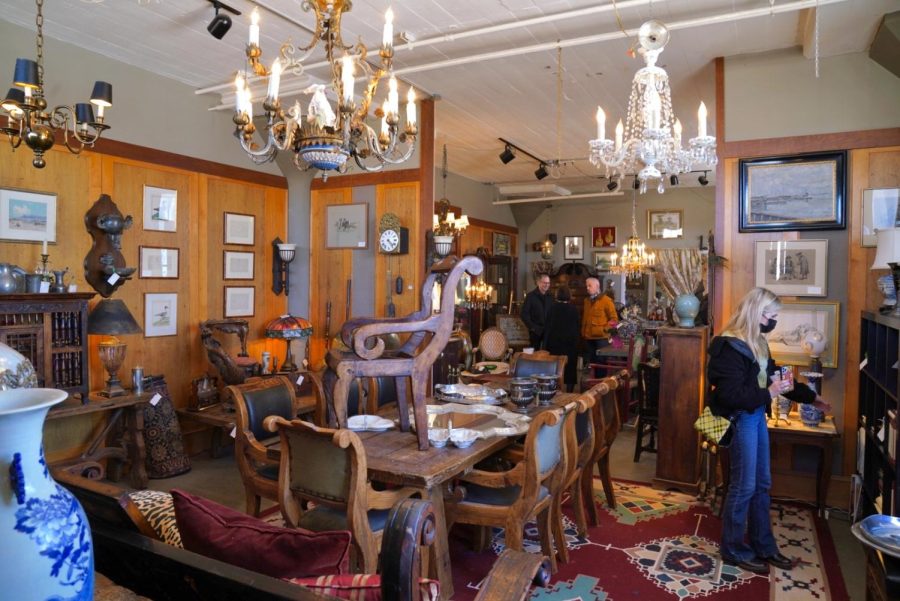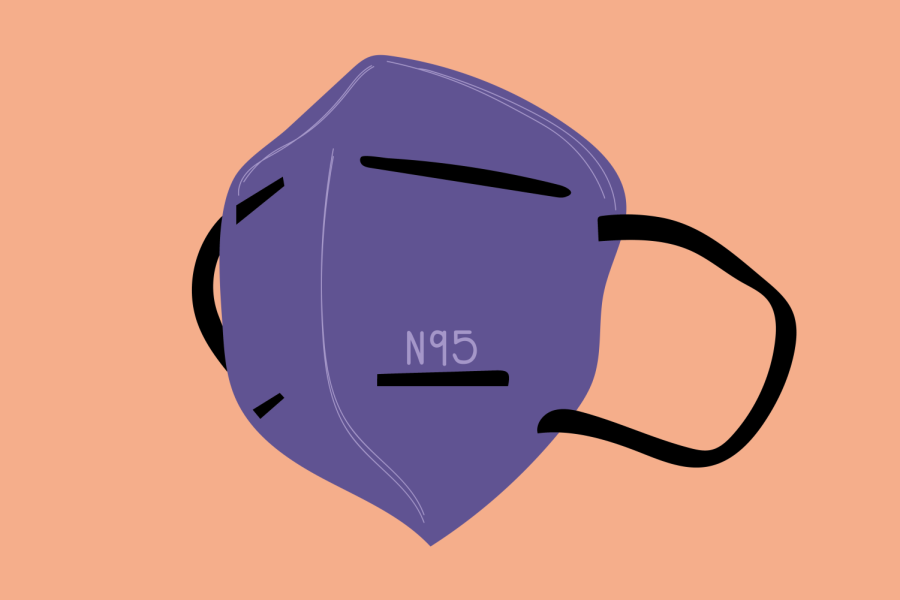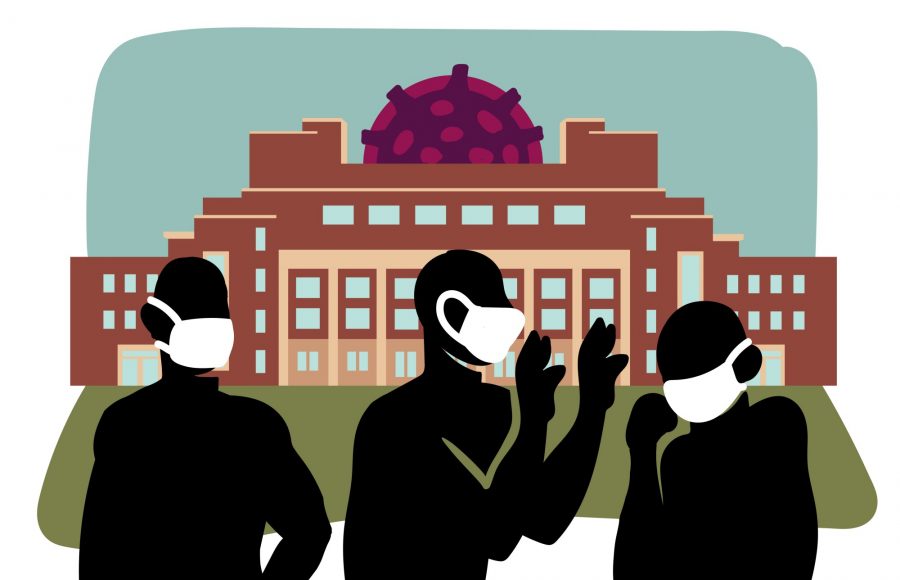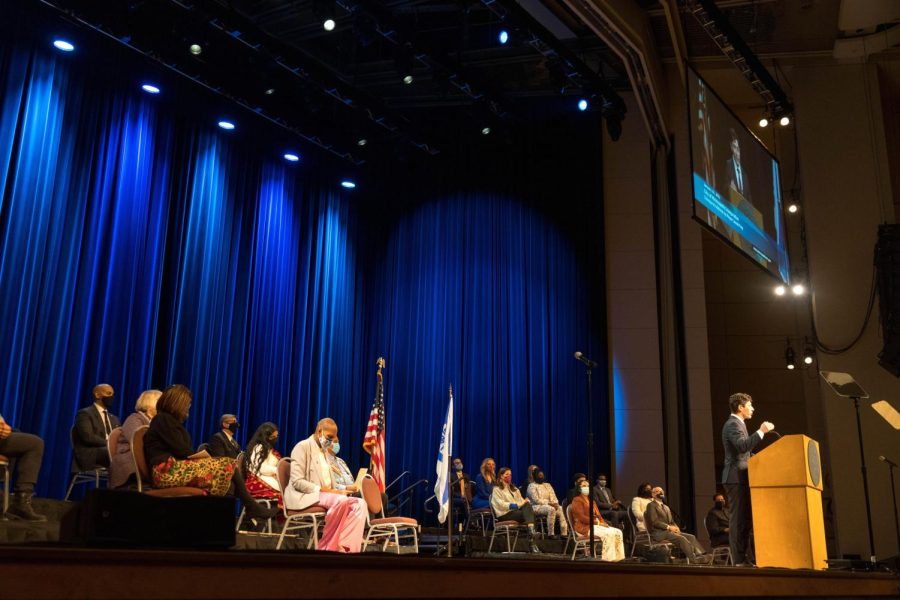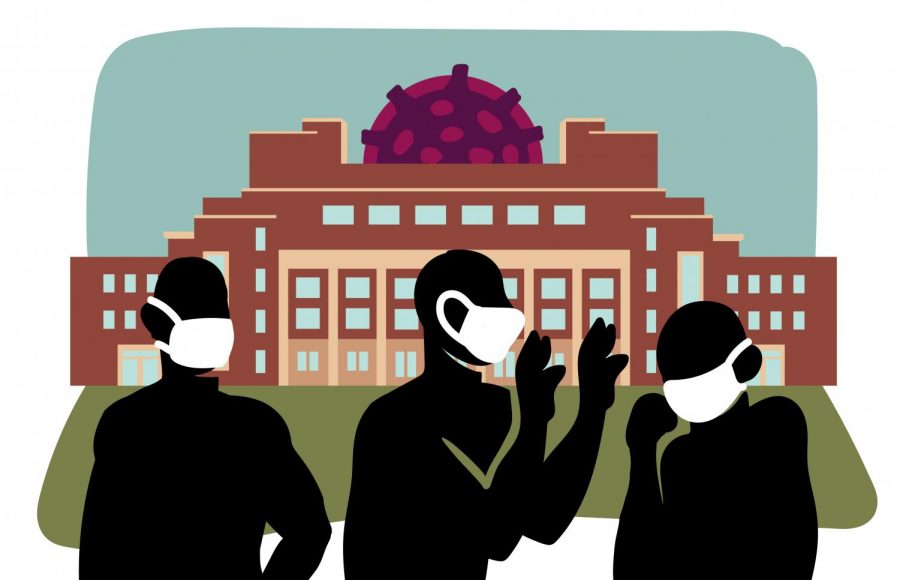As the University of Minnesota continues to navigate the COVID-19 pandemic, the governance system has undergone some changes to reflect current challenges.
The University is making essential decisions remotely while attempting to maintain the usual shared governance structure. Some faculty have raised questions about how to better solicit consultation and input from students, staff and faculty.
Faculty Consultative Committee Chair Amy Pittenger said the governance process has been adjusted slightly to allow for accelerated decision-making with the intention of eventually returning to regular operations. The FCC has been meeting more regularly to help speed up consultation and discussion, she said.
University President Joan Gabel instituted two working groups that oversee decisions surrounding the University’s response to the coronavirus: one for academics and research and one for finances and operations.
These groups have student, staff and faculty representatives as well as members from the FCC and other governance groups.
“Our responsibility on those work groups is to be getting information from the faculty broadly and kind of provide that perspective back to the work group,” Pittenger said.
In an interview with the Minnesota Daily earlier this month, Gabel said the Emergency Management Group, which was responsible for addressing initial COVID-19 decisions, meets less frequently now.
“We have representation on all the working groups that we’re impaneling to seek the solutions going forward,” she said.
At the April University Senate meeting, which took place via Zoom, many senators praised Gabel’s frequent communication and the efforts of the working groups.
However, some faculty have expressed concern with mechanisms in place for garnering broad feedback about coronavirus-related decisions.
“I’ve had faculty voice some concern, which I think is really valid, about, during times of crisis, it can be really easy to slip away from our usual shared governance processes,” Pittenger said. “But I can say that I’m really happy that despite that easy excuse, that has not happened.”
Members of the University’s chapter of the American Association of University Professors met with FCC leadership to provide input. They suggested that the administration implement a two-step process of informing and consulting with groups before making decisions.
AAUP President Eva von Dassow said in an email to the Minnesota Daily that such a process was briefly implemented for the decision to allow students to change the grading basis of their courses when individuals were encouraged to email then-Executive Vice President and Provost Karen Hanson with feedback.
However, she said in the email that she has not been aware of broad consultation with students, staff and faculty outside of the governance system since then.
Finding ways to broaden consultation without overwhelming the community with messaging, particularly via email, can be a challenge, she added.
While this consultation is happening, faculty are not always made aware of it, Pittenger said. More frequent governance meetings and increasing online communication have helped to improve this, she said.









